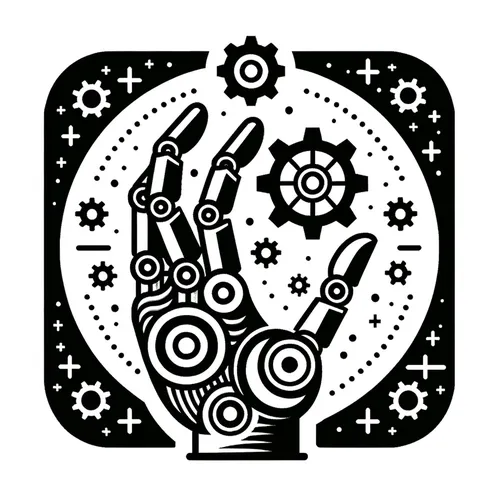Insider Scoop: Robots Taking Over! Juicy Deets on AI, Cobots, and Swarm Tech Shaking Up the Industry
- Author
- Quiet. Please
- Published
- Mon 25 Aug 2025
- Episode Link
- https://www.spreaker.com/episode/insider-scoop-robots-taking-over-juicy-deets-on-ai-cobots-and-swarm-tech-shaking-up-the-industry--67502891
This is you Robotics Industry Insider: AI & Automation News podcast.
Insiders in the robotics and automation industry are witnessing an important period of transformation, as several breakthrough technologies and strategic market developments are driving growth into the tail end of 2025. The global industrial automation market, according to Straits Research, is projected to expand from just over two hundred nine billion dollars this year to more than four hundred twenty billion dollars by 2033, at a robust annual growth of nine percent. This growth is fueled by advances in industrial robots, collaborative robot platforms, integrated Artificial Intelligence, and the relentless pace of research and development across manufacturing, logistics, and service sectors.
The latest market data also shows that Asia-Pacific currently accounts for about thirty-nine percent of global automation revenues. Interestingly, more than sixty percent of companies have adopted some form of automation, with organizations reporting average cost reductions of twenty-two percent and up to two hundred percent ROI in the first year after implementation. However, the path to successful automation can be rocky—around seventy percent of digital transformation projects fall short of objectives, underscoring the importance of effective planning and integration.
On the innovation front, recent launches are setting new standards. Pudu Robotics has introduced the MT1 Max, an AI-powered sweeper featuring next-generation three-dimensional spatial perception and improved safety intelligence for large-scale environments such as semi-open atriums and parking garages, marking a major leap for service robotics. Igus’s new Iggy Rob humanoid robot is designed for industrial and service applications, pushing the envelope in both safety and adaptability. Meanwhile, Dexterity’s Mech ‘superhumanoid’ robot now enters operational validation in Tokyo, with a focus on automated truck loading and unloading—key for logistics efficiency. Photoneo’s PhoXi 3D Scanner Gen3 uses blue laser technology for unmatched scanning precision, pivotal for high-tolerance manufacturing workflows.
Collaborative robots—known as cobots—are expected to enter a fresh growth cycle, with Interact Analysis highlighting renewed market momentum after a slight revenue dip in 2024. This trend aligns with workforce transformation themes seen in the August issue of Robotics & Automation Magazine, where practical deployment strategies, empathy in technology integration, and new models for training signal a future where human-robot collaboration is both productive and humane.
Recent partnerships and acquisitions, such as E Tech Group’s buyout of JSat Automation, emphasize the industry’s drive toward scalable integration and end-to-end automation solutions. OpenMind’s robot-agnostic OM1 operating system and the emergence of swarm robotics, powered by generative Artificial Intelligence, further reveal technical deep dives shaping the next generation of flexible, multi-agent manufacturing.
Listeners should keep practical takeaways in mind: companies need to focus on well-planned automation adoption, robust upskilling strategies, and comprehensive risk management to truly realize the benefits. Looking ahead, automation will not only boost productivity and reduce costs but, according to QNX research, will create a net gain of seventy-eight million jobs by 2030 as new roles evolve around advanced technology ecosystems.
Thank you for tuning in to Robotics Industry Insider: AI and Automation News. Be sure to come back next week for more in-depth updates and technical roundups. This has been a Quiet Please production—for more, check out Quiet Please Dot A I.
For more http://www.quietplease.ai
Get the best deals
